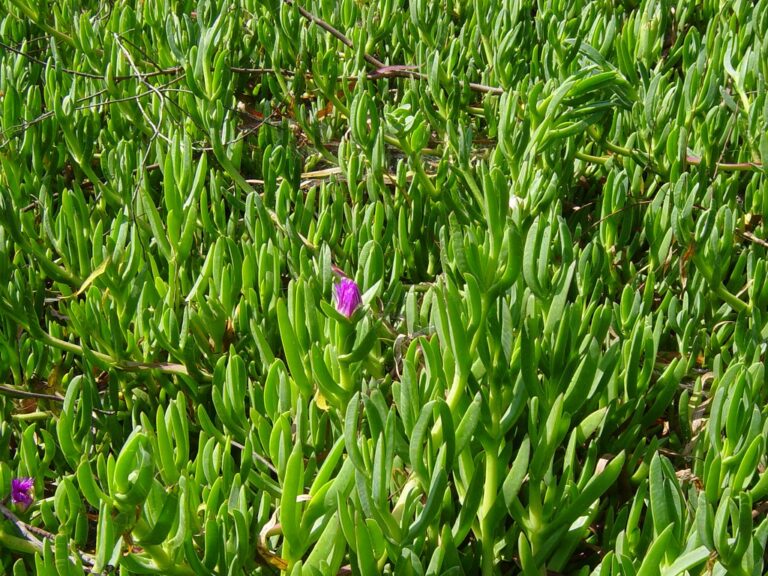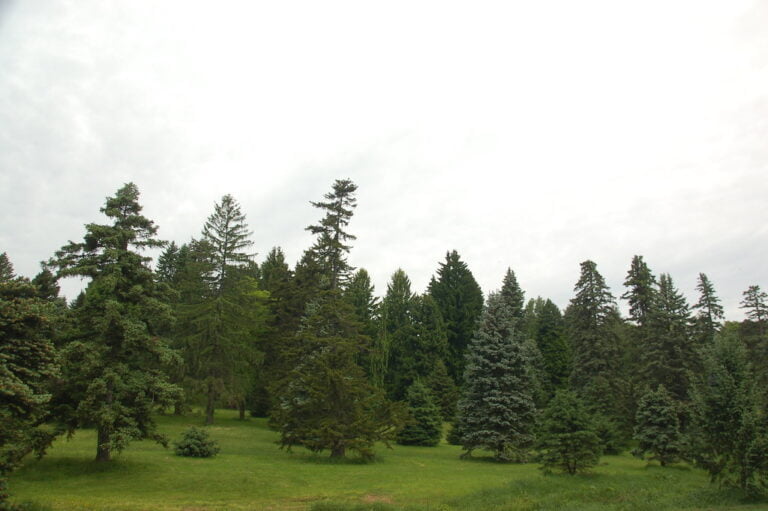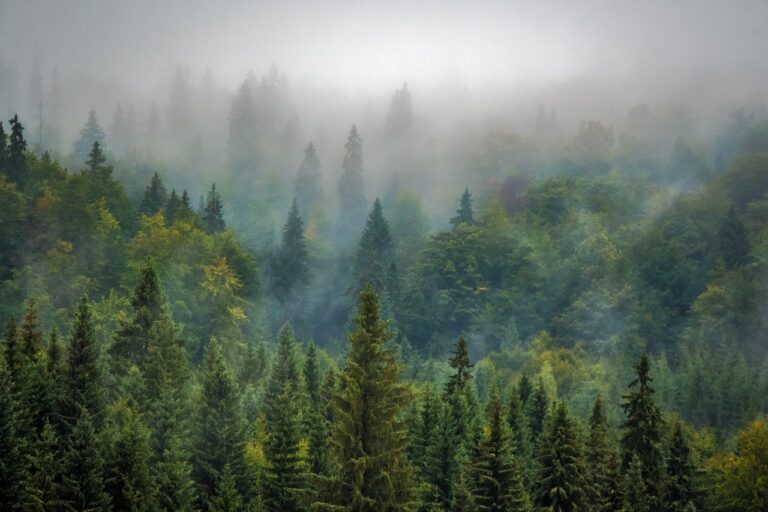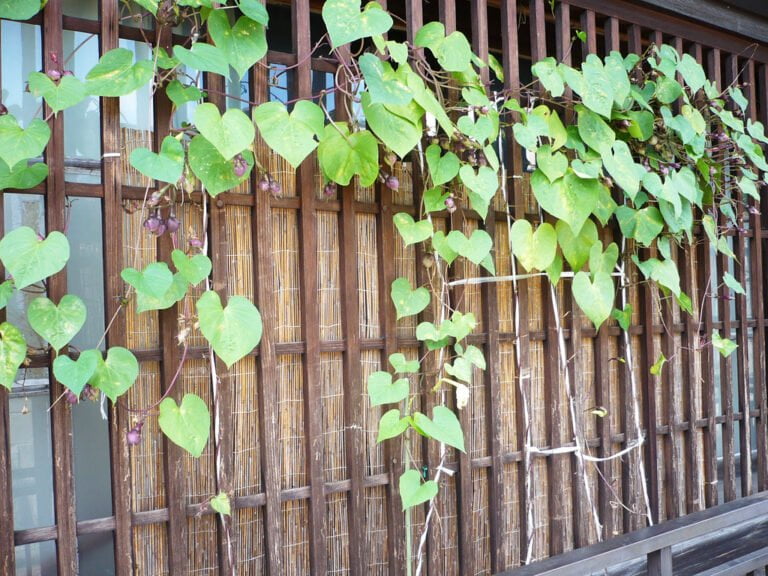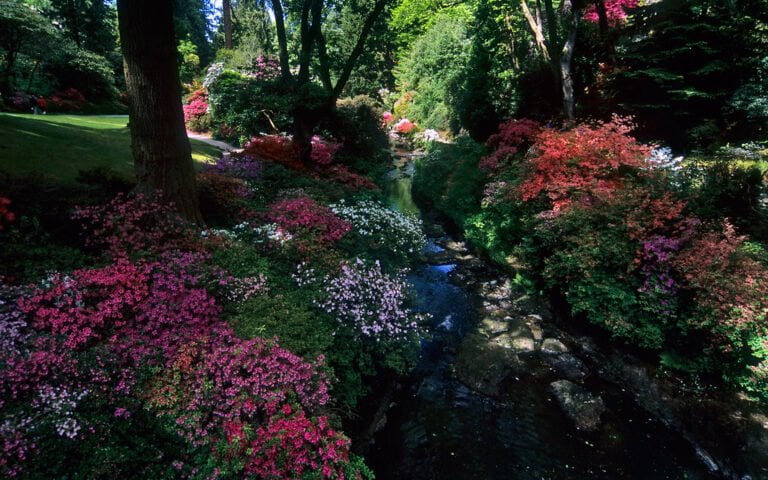Growing Unique and Rare Exotic Plants in Specific Climates
Are you interested in growing unique and rare exotic plants in specific climates? If so, you've come to the right place. This article will guide you through the process of selecting the right climate zone, choosing the perfect exotic plants, and understanding their specific soil and sun requirements. We will also provide practical tips on watering, nutrient management, and protecting your precious plants from extreme weather and pests. Get ready to dive into the exciting world of growing rare exotic plants in specific climates.
Choosing the Right Climate Zone
Choose the climate zone that best suits your unique and rare exotic plants. When it comes to growing these plants, identifying suitable microclimates is crucial. Exotic plants have specific temperature, humidity, and light requirements that need to be met in order for them to thrive. It is important to research and understand the climate conditions in your area and determine if they match the needs of your plants. Overcoming challenges of growing exotic plants in non-native climates can be achieved by creating artificial microclimates. This can be done by using shade cloth, misting systems, or even constructing a greenhouse. By providing the right conditions, you can create a suitable environment for your exotic plants to flourish. Remember, choosing the right climate zone for your exotic plants is the first step towards their successful growth and development.
Selecting Unique and Rare Exotic Plants
To continue cultivating your unique and rare exotic plants in specific climates, it is essential to carefully select the most suitable varieties for your growing conditions. One way to do this is by tapping into plant collectors' communities, which are often filled with experienced enthusiasts who can provide valuable advice and information about rare and exotic plants. These communities are a great resource for finding recommendations on which plants thrive in various climates and how to care for them. Additionally, it is important to consider rare plant conservation efforts when selecting your plants. By choosing species that are not only beautiful and unique but also in need of conservation, you can play a role in preserving these incredible plants for future generations. Researching and selecting plants with the help of plant collectors' communities and considering rare plant conservation efforts will ensure that you create a diverse and sustainable collection of exotic plants.
Understanding Soil and Sun Requirements
To ensure optimal growth for your unique and rare exotic plants in specific climates, it is crucial to understand their specific soil and sun requirements. Soil composition plays a vital role in providing the necessary nutrients and moisture for your plants. Different plants have different soil preferences, so it is important to research and understand the specific needs of your plants. Some plants thrive in well-draining sandy soil, while others prefer rich organic soil. Understanding the composition of your soil and making necessary amendments will help create the ideal growing conditions for your plants. Additionally, sun exposure is another crucial factor to consider. Some plants require full sun, while others thrive in partial shade. Understanding the sunlight requirements of your plants will help you determine the best location for planting and ensure their healthy growth. By understanding the specific soil and sun requirements of your unique and rare exotic plants, you can provide them with the optimal conditions they need for thriving in your specific climate.
Providing Optimal Watering Techniques
Water your unique and rare exotic plants in specific climates using proper irrigation techniques. Providing optimal watering techniques is crucial for the health and growth of your plants, especially in drought conditions. The key to watering your plants effectively is finding the balance between not overwatering and not underwatering them.
To determine the optimal watering frequency for your plants, you should consider factors such as the type of plant, the climate, and the soil type. Some plants may require more frequent watering, while others may thrive with less water. It is important to monitor the moisture level of the soil regularly and adjust your watering schedule accordingly.
When watering in drought conditions, it is essential to conserve water. One effective technique is deep watering, where you water the plants deeply but less frequently. This encourages the plants to develop deep roots, making them more resilient to dry periods. Additionally, mulching around the plants can help retain moisture in the soil and reduce evaporation.
Implementing Proper Nutrient Management
To ensure the optimal health and growth of your unique and rare exotic plants in specific climates, you should implement proper nutrient management. Nutrients are essential for plants to carry out their biological functions and to maintain their overall well-being. Nutrient deficiency prevention is crucial in order to avoid stunted growth, yellowing leaves, and poor flowering or fruiting. One way to address this is by selecting the right organic fertilizers. These fertilizers are derived from natural sources and provide a balanced mix of nutrients that are readily available to plants. They not only nourish the plant but also improve soil fertility and microbial activity. When choosing organic fertilizers, consider factors such as the specific nutrient requirements of your plants, the nutrient content of the fertilizer, and the application method. By implementing proper nutrient management, you can ensure that your unique and rare exotic plants thrive and flourish in their specific climate.
Creating Ideal Microclimates
Create an optimal microclimate for your unique and rare exotic plants by utilizing specific strategies and techniques. One way to achieve this is by creating microclimates using shade structures. Shade structures can help regulate temperature, protect plants from excessive sunlight, and reduce evaporation. Consider using shade cloth, umbrellas, or even strategically placed trees to provide shade for your plants. It's important to choose the right shade structure that allows enough light to penetrate while still providing adequate shade. Additionally, you can create microclimates by using windbreaks to protect plants from strong winds. This can be done by planting tall hedges or erecting fences. By creating these ideal microclimates, you can ensure that your unique and rare exotic plants thrive in their specific climate.
Protecting Plants From Extreme Weather
Protect your unique and rare exotic plants from extreme weather by implementing effective protective measures. As the climate continues to change, it is crucial to take steps to ensure the survival of these precious plant species. One key strategy is to provide shelter during extreme weather events such as storms, high winds, or frost. Consider using protective coverings like cloths, blankets, or plastic sheets to shield your plants from harsh conditions. Additionally, you can create windbreaks using fences, walls, or even tall plants to reduce the impact of strong winds. Another important aspect is proper watering and drainage to prevent waterlogging or dehydration. By adapting to changing climates and taking proactive steps, you can safeguard your exotic plants and preserve their beauty for years to come.
Managing Pest and Disease Control
Ensure the health and vitality of your unique and rare exotic plants by actively managing pest and disease control. A key aspect of this is preventing fungal infections, which can be detrimental to the overall well-being of your plants. To prevent fungal infections, it is important to maintain proper hygiene practices, such as keeping the area around your plants clean and free from debris. Additionally, using natural pest control methods can help in managing pests and reducing the risk of diseases. These methods include introducing beneficial insects that prey on pests, using organic pesticides derived from plant extracts, and practicing crop rotation to disrupt pest life cycles. By implementing these strategies, you can effectively manage pest and disease control, ensuring the long-term health and success of your unique and rare exotic plants.
Propagating Exotic Plants in Specific Climates
To successfully propagate exotic plants in specific climates, you can optimize their growth by implementing tailored cultivation techniques. Propagation refers to the process of creating new plants from existing ones, and it can be done in various ways such as by seed, cuttings, or division. When it comes to exotic plants, it is important to understand their specific needs and requirements in order to achieve successful propagation. One of the key factors to consider is the best timeframe for propagation. Different plants have different optimal times for propagation, which can be influenced by factors like temperature, humidity, and daylight duration. Researching and understanding the specific requirements of each exotic plant will help you determine the best timeframes for successful propagation. Additionally, mastering the right propagating techniques, such as proper cutting and planting methods, will further enhance your chances of success. By combining knowledge of the best timeframes and proper techniques, you can ensure the successful propagation of exotic plants in specific climates.
Maintaining and Caring for Rare Exotic Plants
Caring for rare exotic plant species involves providing consistent and specialized attention. These plants require specific care tips to thrive in your environment. First, ensure that you have the appropriate climate and growing conditions for the specific species you are cultivating. Research the plant's native habitat and try to replicate those conditions as much as possible. Monitor the temperature, humidity, and light levels regularly to ensure they are within the optimal range for your plants. Additionally, it is important to provide proper watering and fertilization. Each species has different water and nutrient requirements, so make sure to do your research and adjust accordingly. Regularly inspect your plants for any signs of pests or diseases and take immediate action to prevent their spread. Finally, don't forget to regularly prune and trim your exotic plants to promote healthy growth and maintain their unique shape. With consistent care and attention, your rare exotic plants will thrive and bring beauty to your space.
Frequently Asked Questions
How Long Does It Typically Take for Exotic Plants to Adapt to a New Climate Zone?
Exotic plants typically take time to adapt to new climate zones due to various factors, such as temperature, humidity, and soil conditions. To successfully acclimate them, proper techniques like gradual exposure and monitoring are essential.
Are There Any Specific Exotic Plants That Require a Particularly Unique Microclimate to Thrive?
To successfully grow exotic plants, it's important to understand that some species have unique microclimate requirements. These plants may need specific temperature, humidity, or sunlight conditions, which can pose challenges for gardeners in certain climates.
Can I Use Artificial Lighting to Supplement Sunlight for Exotic Plants That Require High Levels of Sun Exposure?
You can definitely use grow lights to supplement sunlight for exotic plants that require high levels of sun exposure. The best artificial lighting for plants is LED lights, which provide the right spectrum for photosynthesis. Using grow lights has several benefits, including extending the growing season and allowing you to control the light intensity and duration. Here are some tips for using grow lights for high sun exposure plants: position them at the appropriate distance from the plants, provide enough light for the recommended number of hours per day, and adjust the light intensity based on the plant's needs.
Are There Any Natural Remedies or Organic Methods for Pest and Disease Control That Are Specifically Effective for Exotic Plants?
To effectively control pests and diseases in your exotic plants, there are natural remedies and organic methods available. These can help you maintain the health of your plants without the use of harmful chemicals.
What Are Some Common Mistakes to Avoid When Propagating Exotic Plants in Specific Climates?
When propagating exotic plants in specific climates, it's important to avoid common mistakes. Understanding how long it typically takes for these plants to adapt to a new climate zone is crucial for successful propagation.
Conclusion
In conclusion, growing unique and rare exotic plants in specific climates requires careful consideration of factors such as climate zone, plant selection, soil and sun requirements, watering techniques, nutrient management, protection from extreme weather, pest and disease control, propagation methods, and ongoing maintenance. By following these practical tips and techniques, you can successfully cultivate and care for these extraordinary plants in your specific climate, creating a stunning and diverse garden.

